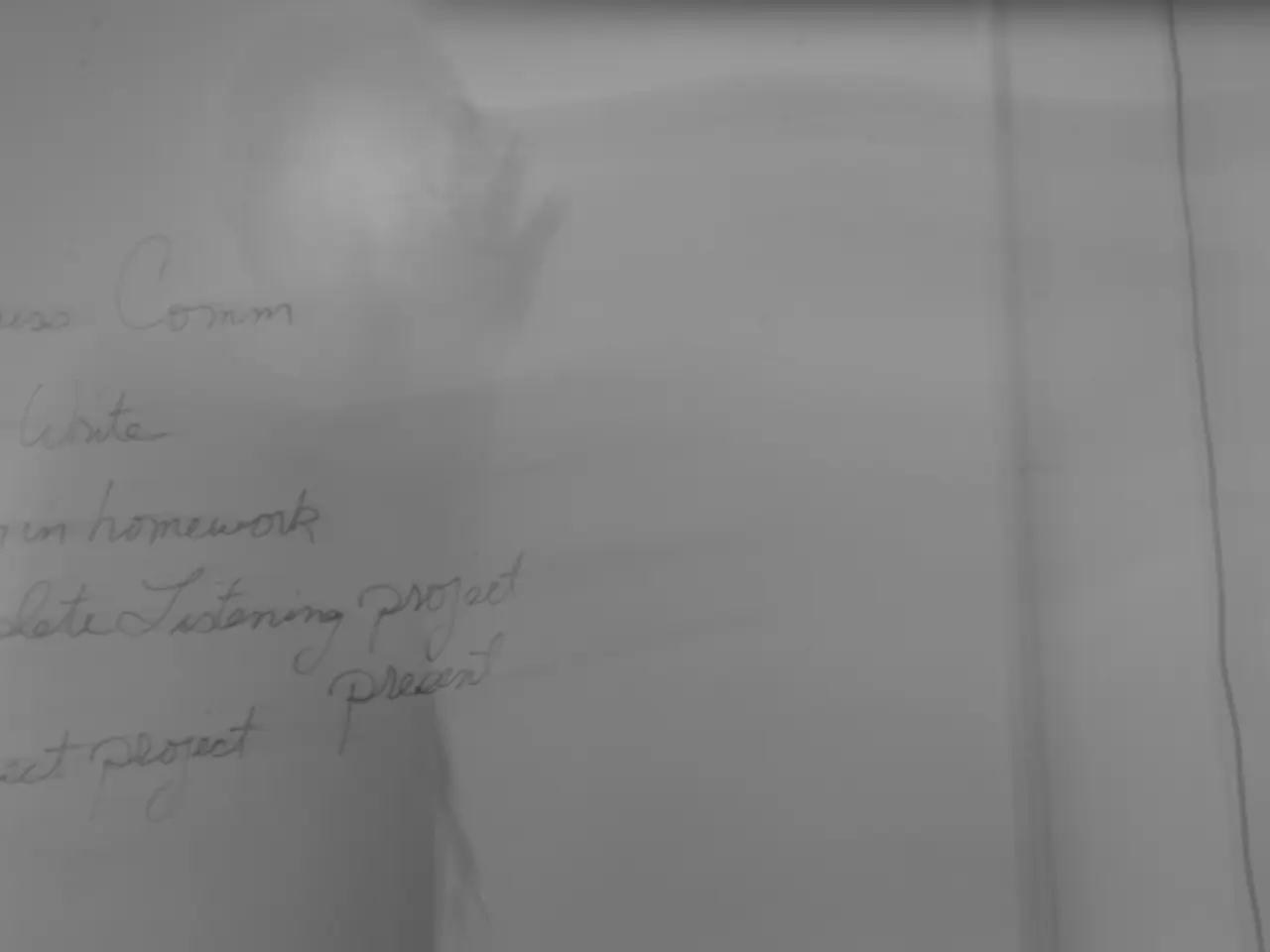The potential secret to eco-friendly urban environments could be hidden within the composition of ancient Roman cement.
In the realm of construction, the ancient Romans left an indelible mark with their ingenious use of concrete. A study published in the journal iScience has shed new light on this timeless material, suggesting that it could offer a more sustainable alternative for modern construction [(Journal Reference)].
Roman cement was made by heating limestone to produce quicklime, then mixing it with volcanic ash (pozzolana) and seawater, creating a hydraulic cement known as opus caementicium. This mixture set underwater and grew stronger over time due to chemical reactions forming stable crystals, contributing to its durability.
While the production of Roman cement isn't inherently lower in CO2 emissions, it does lead to significantly lower emissions of harmful air pollutants like nitrogen oxides and sulfur oxides, potentially reduced by up to 98% compared to modern methods, especially when using biomass or renewable energy as kiln fuel instead of fossil fuels.
The greater durability and self-healing properties of Roman concrete imply a longer service life, which could reduce the frequency of repairs and replacement, thereby contributing to sustainability over time. However, direct comparisons are complicated since ancient Roman concrete was not reinforced with steel, unlike modern reinforced concrete.
Ancient Roman structures, like the Pantheon in Rome, have stood the test of time, demonstrating the resilience of Roman concrete. Roman harbours, built with this same material, have weathered centuries of relentless waves. Yet, comparisons between the durability of Roman and modern concrete should be made with great care due to differences in pressure and use.
Concrete, the most-used manufactured material in the world, is a voracious consumer of energy and a prodigious source of pollution, responsible for roughly 8% of global carbon dioxide emissions. The study suggests that the most effective path to greener construction may not be a single ancient formula, but a hybrid approach that marries ancient principles of longevity with modern technological advances.
While Roman cement may not yield substantial reductions in emissions or energy demand compared to modern cement production when using current technology, the potential for reduced air pollutants and increased durability make it an intriguing option for certain applications, under certain production processes, and for structures that require a long lifespan. The key to a greener future in construction lies not in resurrecting a lost recipe, but in embracing a philosophy of permanence and exploring innovative ways to decarbonize modern cement production, such as using biomass and alternative fuels.
- The study published in iScience highlights that Roman cement, made through heating limestone and mixing it with volcanic ash, could provide a more sustainable alternative for modern construction.
- The chemical reactions in Roman cement create stable crystals, leading to a more durable material that requires less frequent repairs and replacement, contributing to sustainability over time.
- Despite not inherently reducing CO2 emissions, Roman cement leads to significantly lower emissions of harmful air pollutants like nitrogen oxides and sulfur oxides compared to modern methods.
- When using biomass or renewable energy as kiln fuel instead of fossil fuels, emissions reductions from Roman cement production could potentially be up to 98%.
- Ancient Roman structures, such as the Pantheon, and harbors have stood the test of time, demonstrating the resilience of Roman concrete.
- However, direct comparisons between the durability of Roman and modern concrete should be made with great care due to differences in pressure and use.
- Concrete, the world's most-used manufactured material, is responsible for a large portion of global carbon dioxide emissions.
- The study suggests that a hybrid approach that combines ancient principles of longevity with modern technological advances may be the most effective path to greener construction.
- Roman cement, while not offering substantial reductions in emissions or energy demand compared to modern cement production, offers the potential for reduced air pollutants and increased durability in certain applications.
- The key to a greener future in construction lies not in resurrecting a lost recipe, but in exploring innovative ways to decarbonize modern cement production, such as using biomass and alternative fuels.
- In the realm of education and self-development, understanding environmental-science, chemistry, and the climate-change implications of construction materials is essential for promoting sustainable living, lifestyle, home-and-garden, and the use of smart-home-devices and gadgets that support a more sustainable future.




